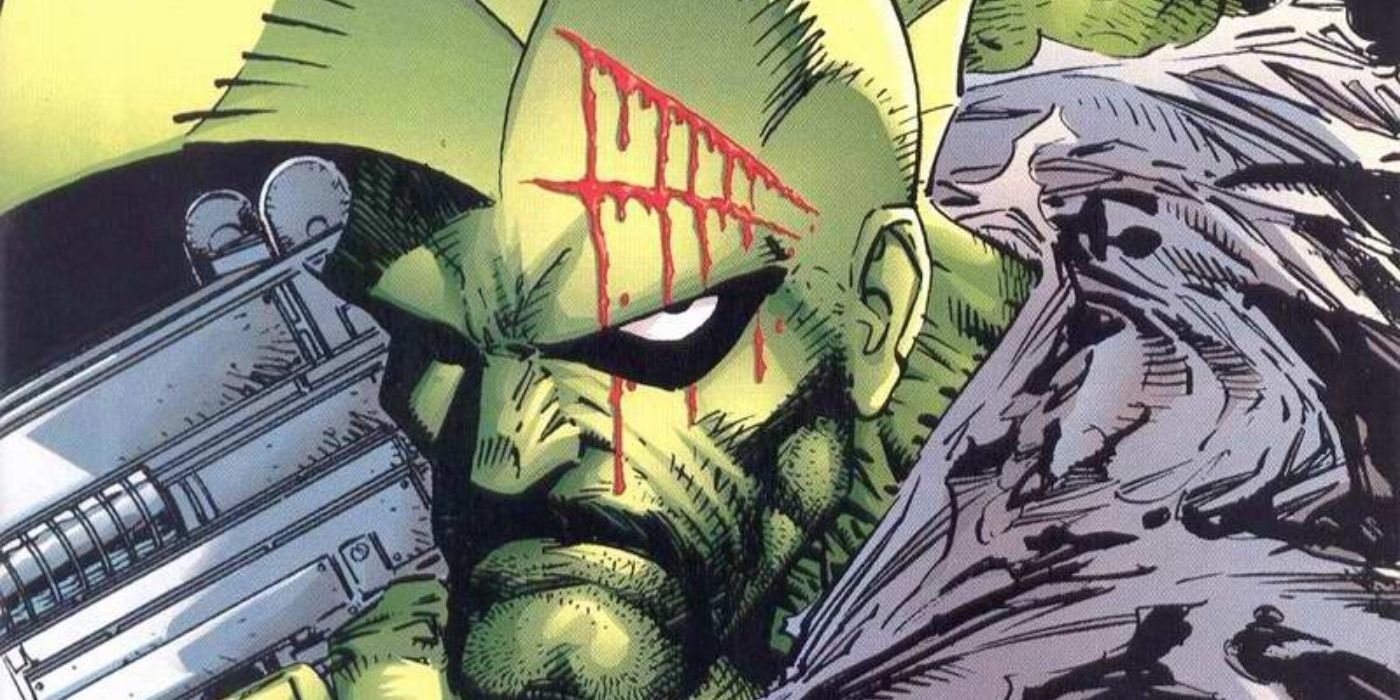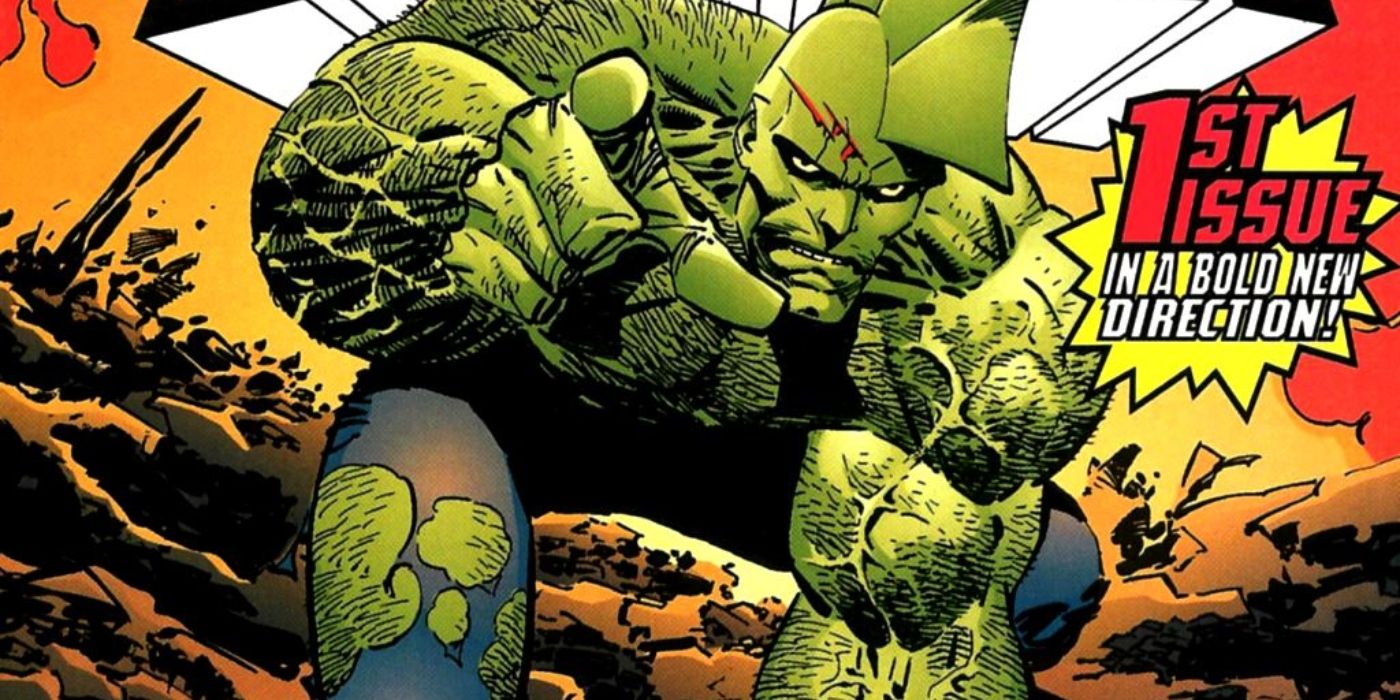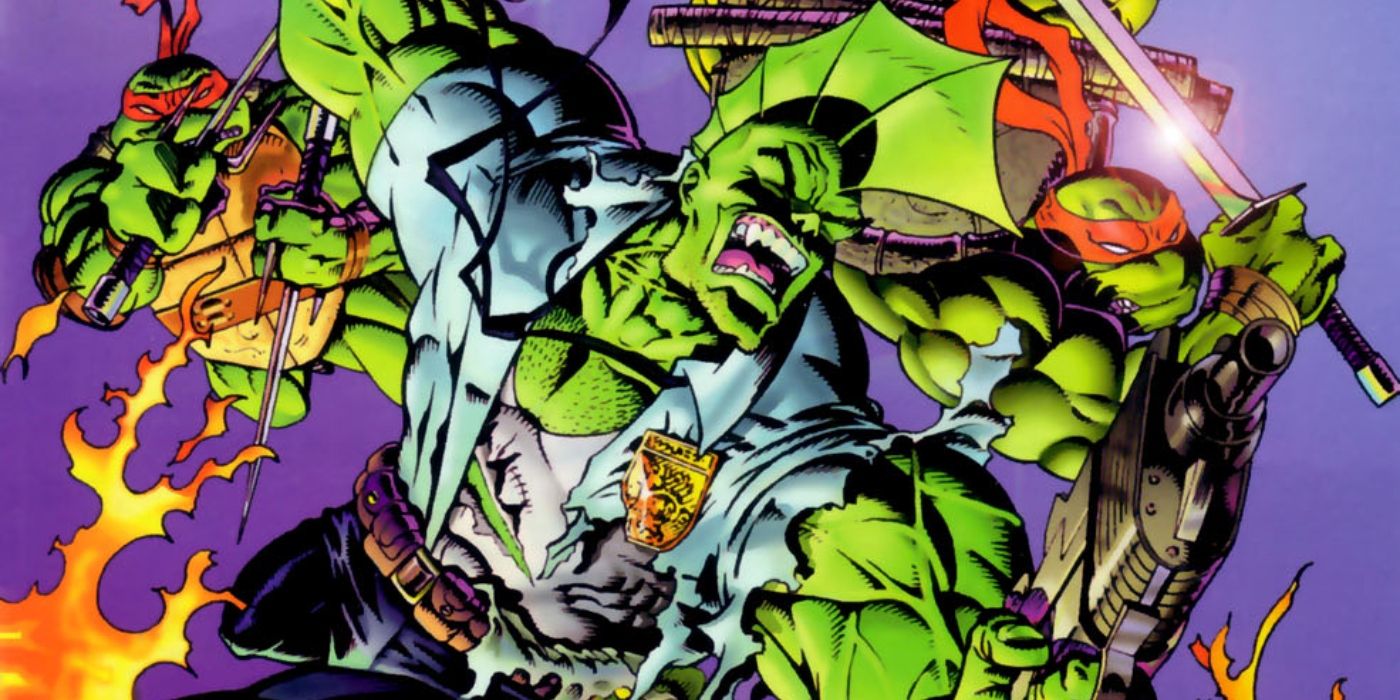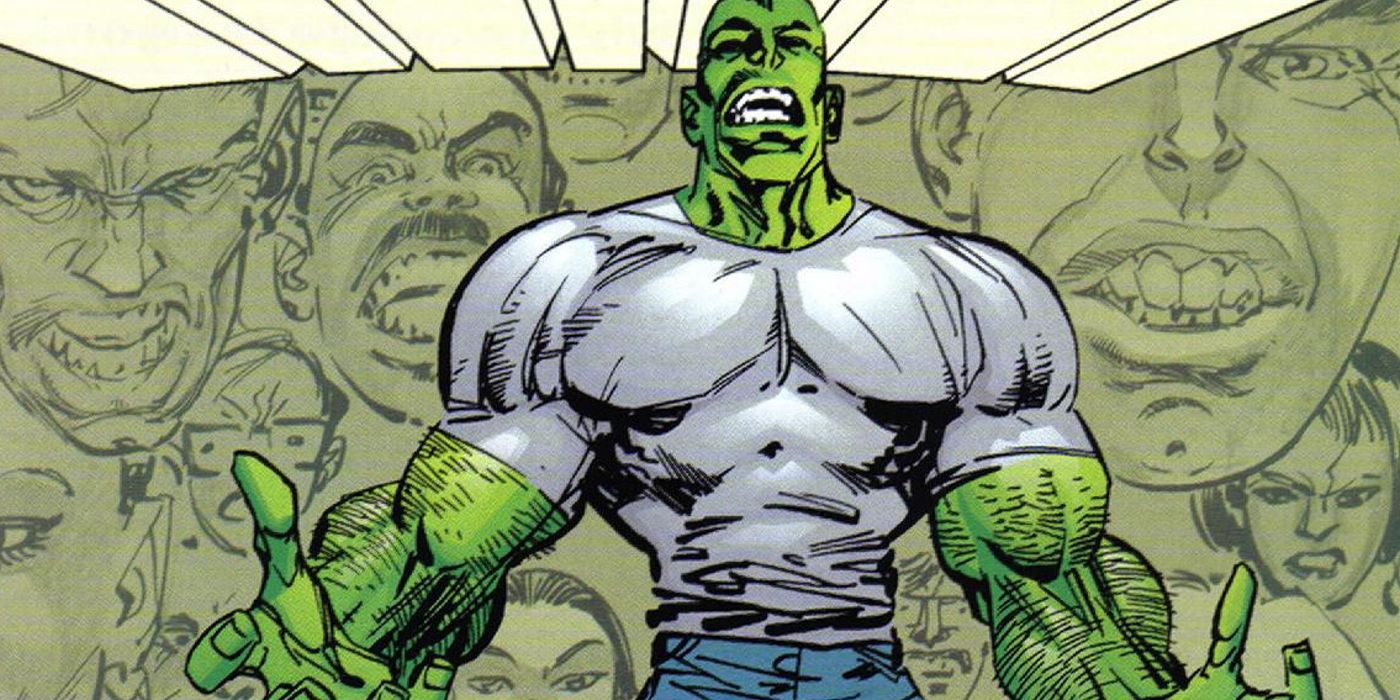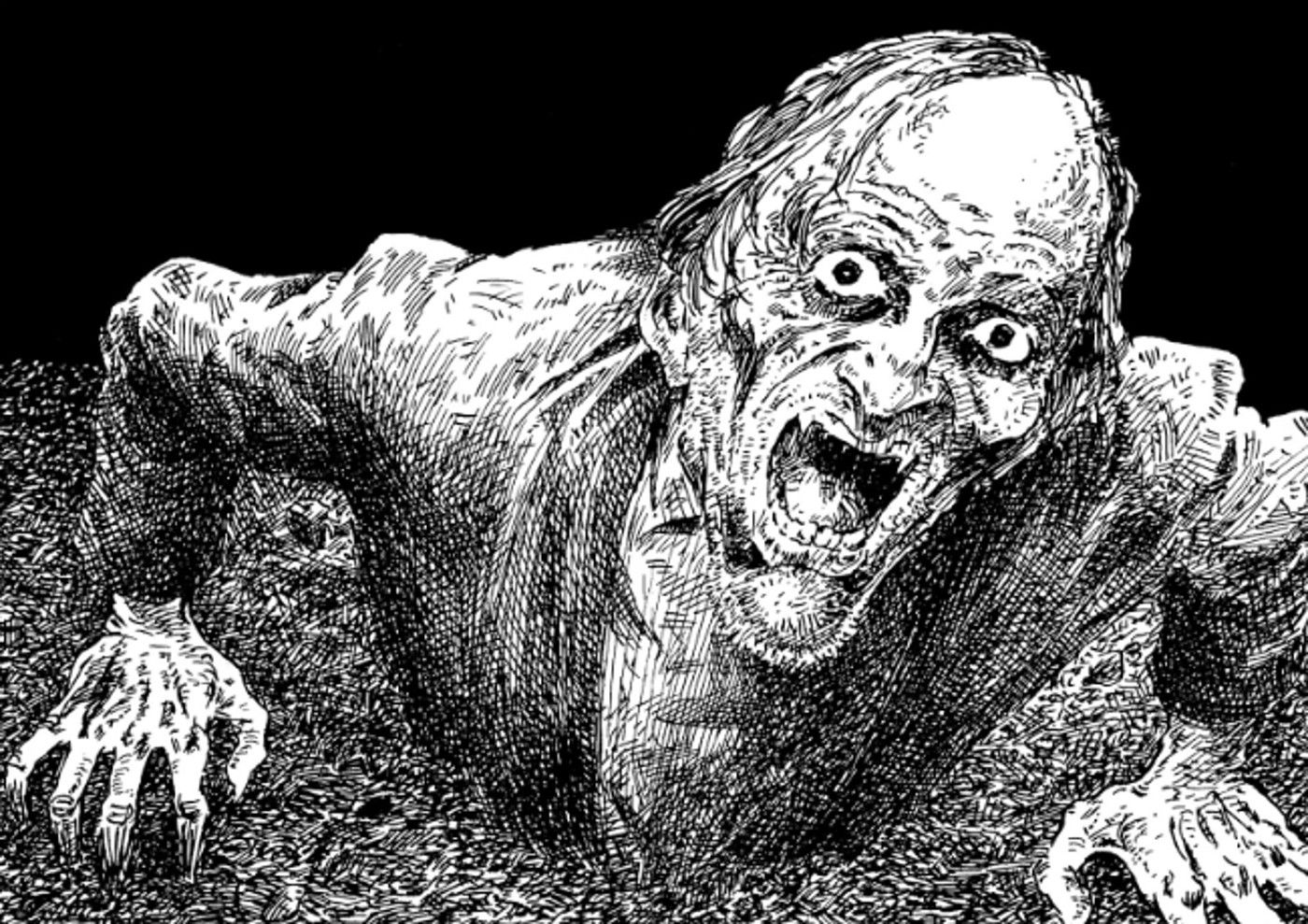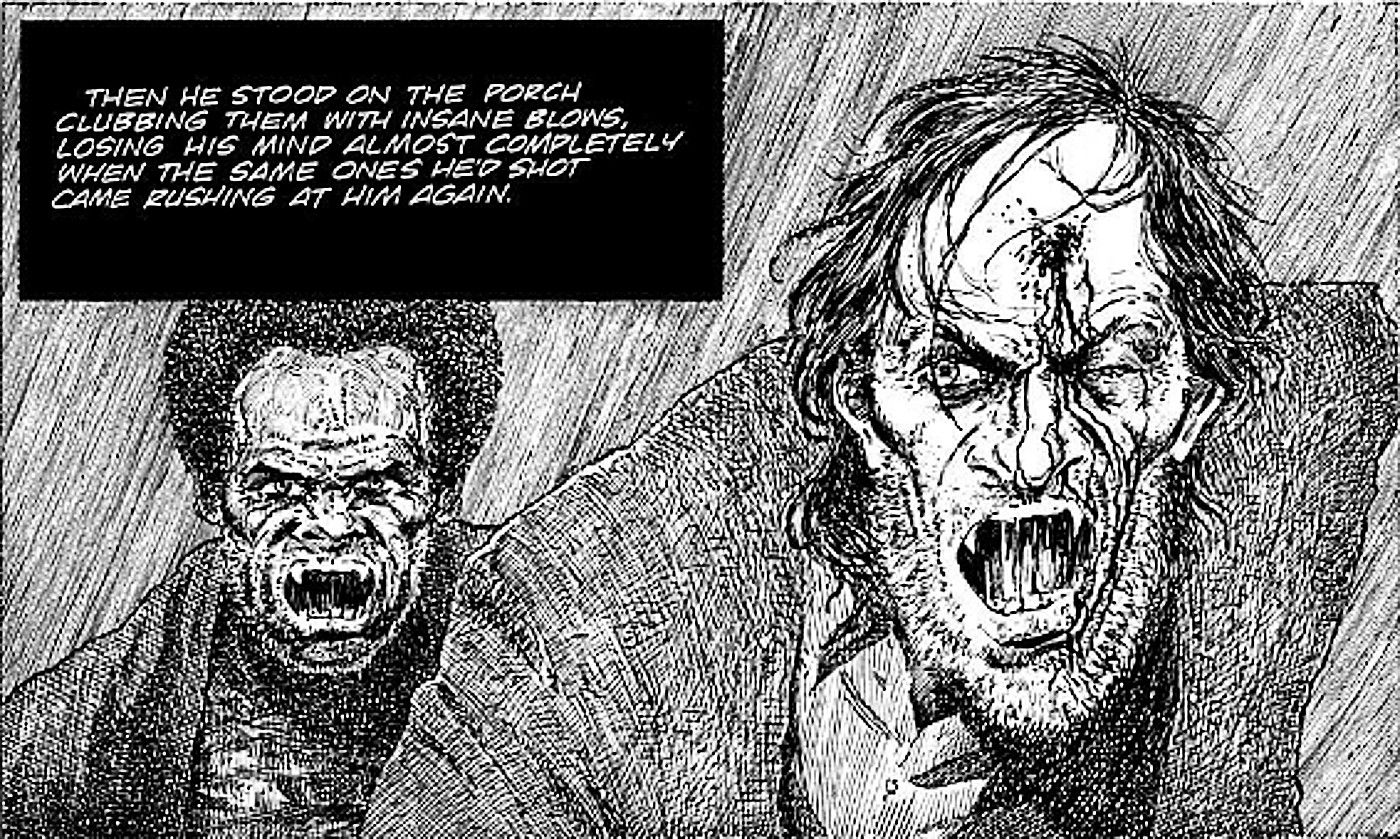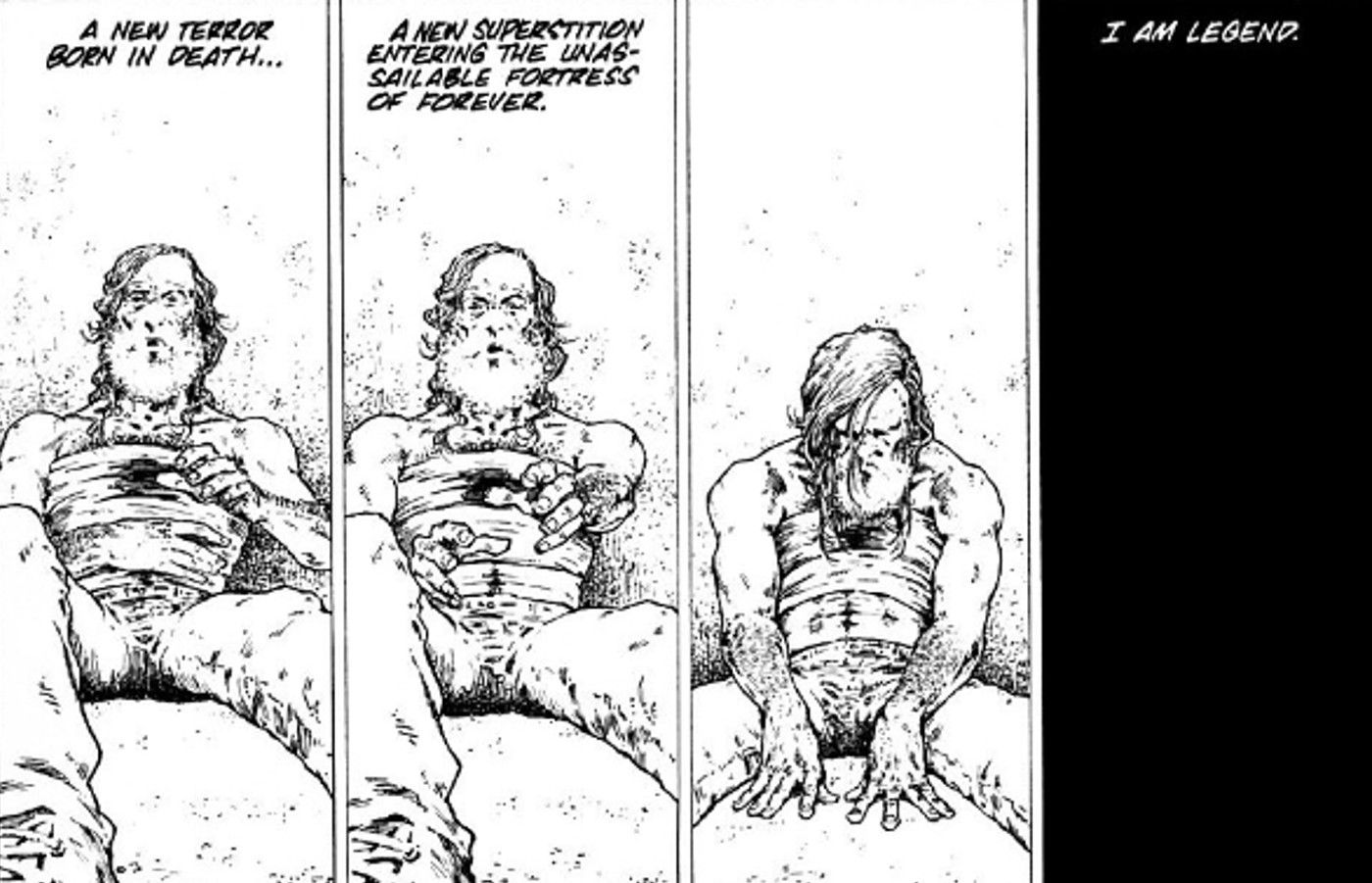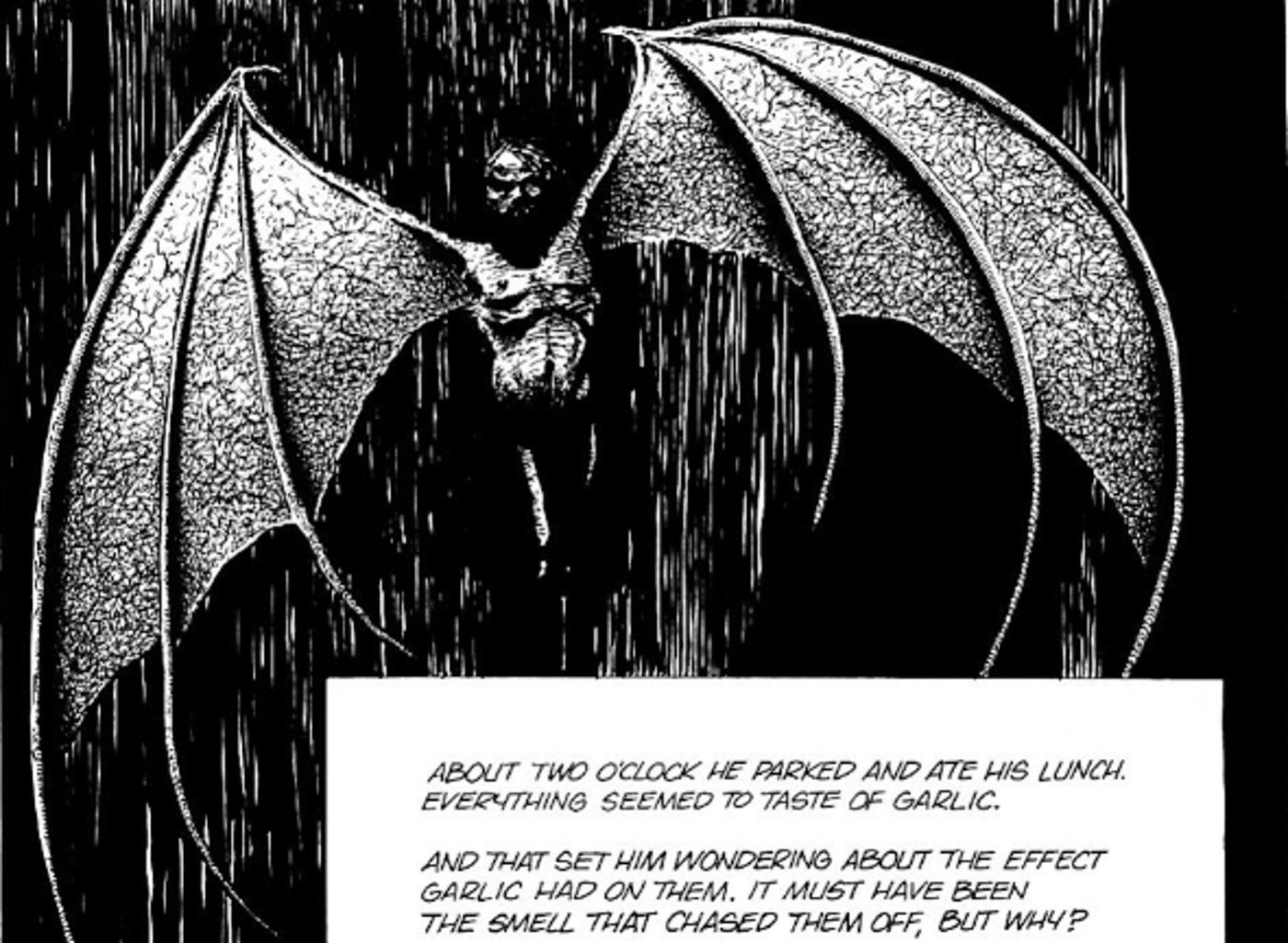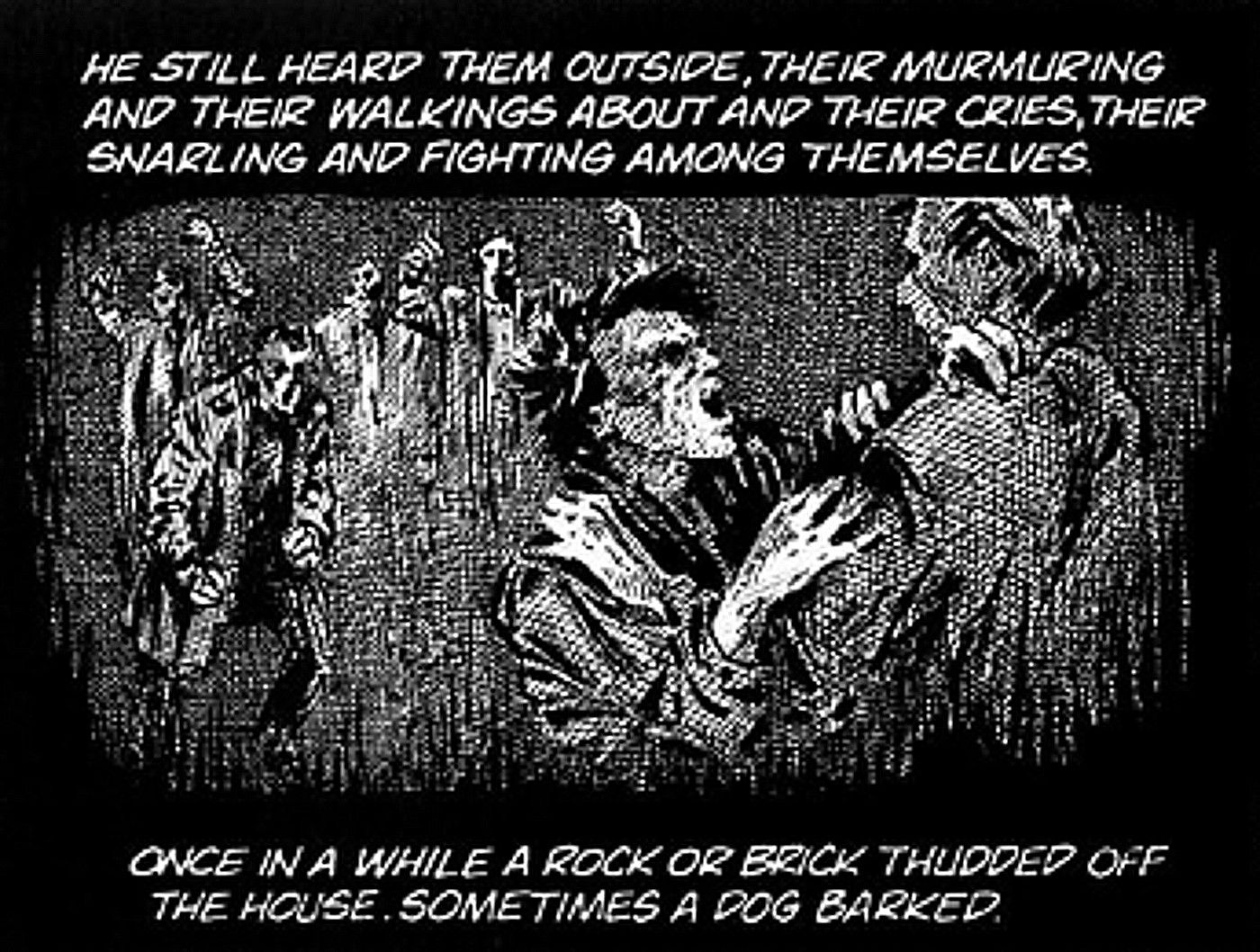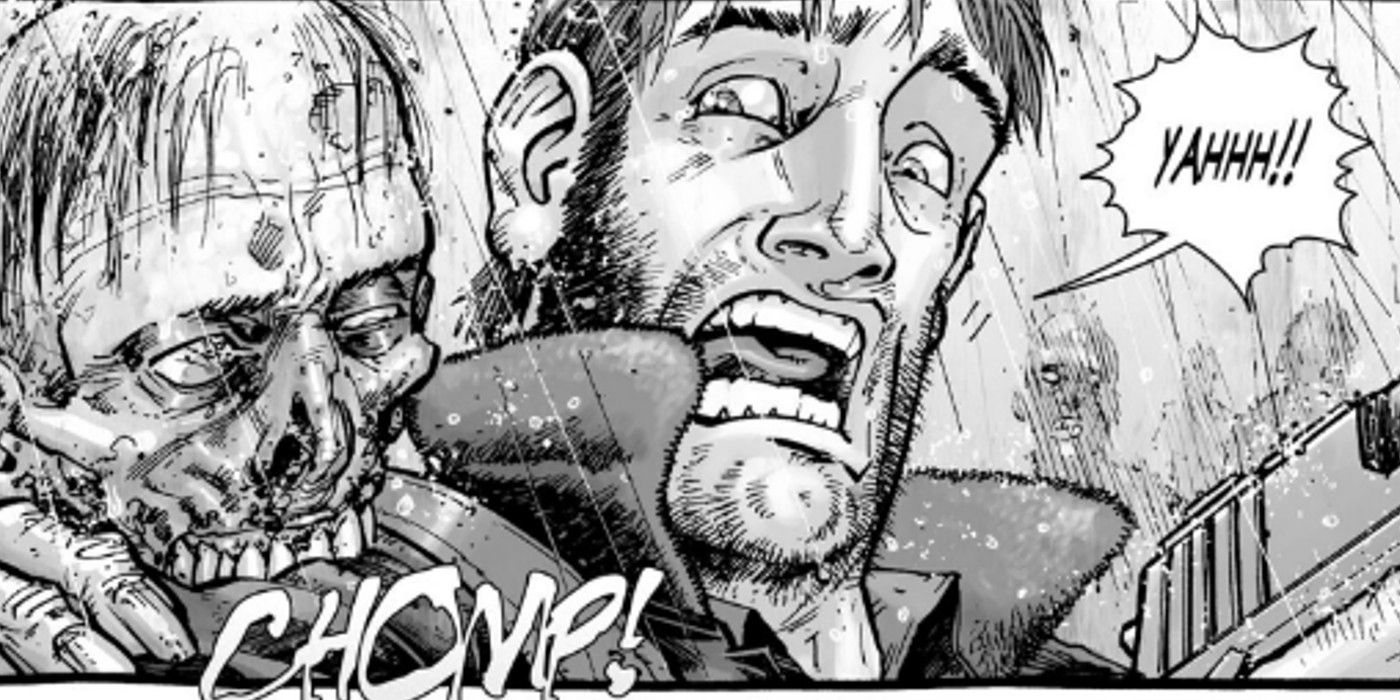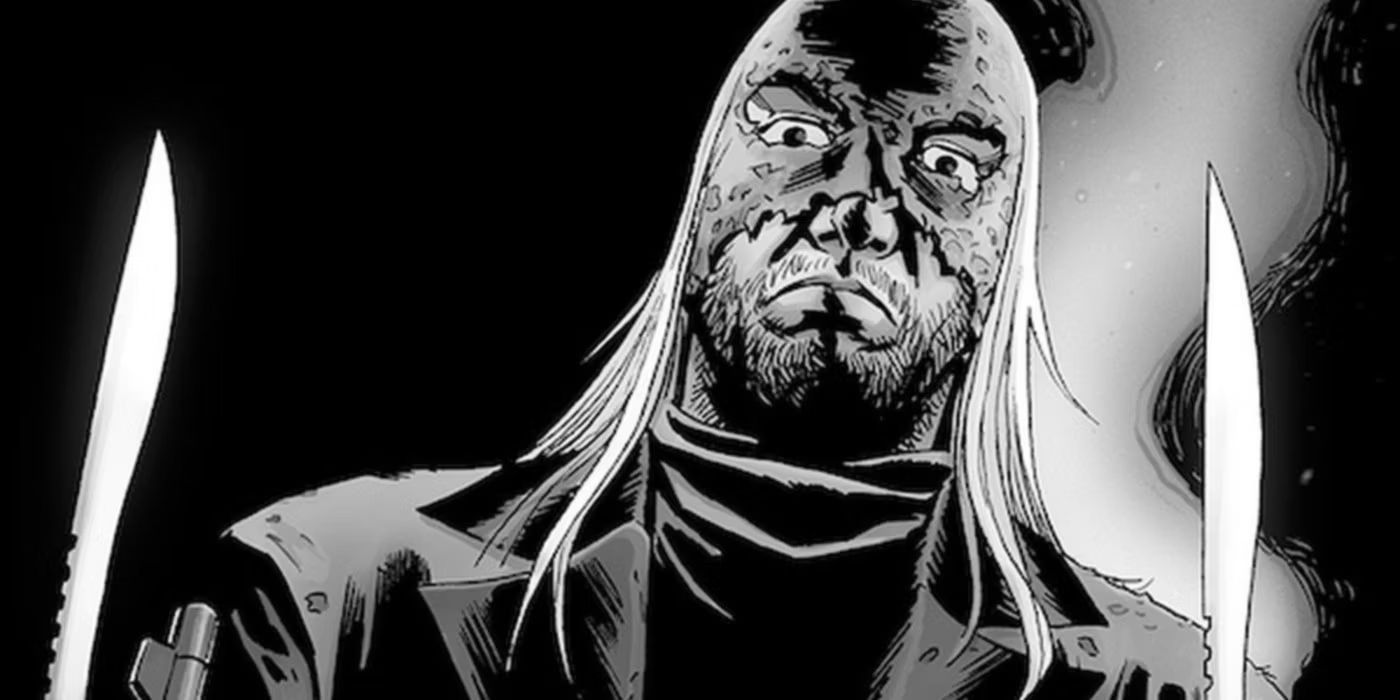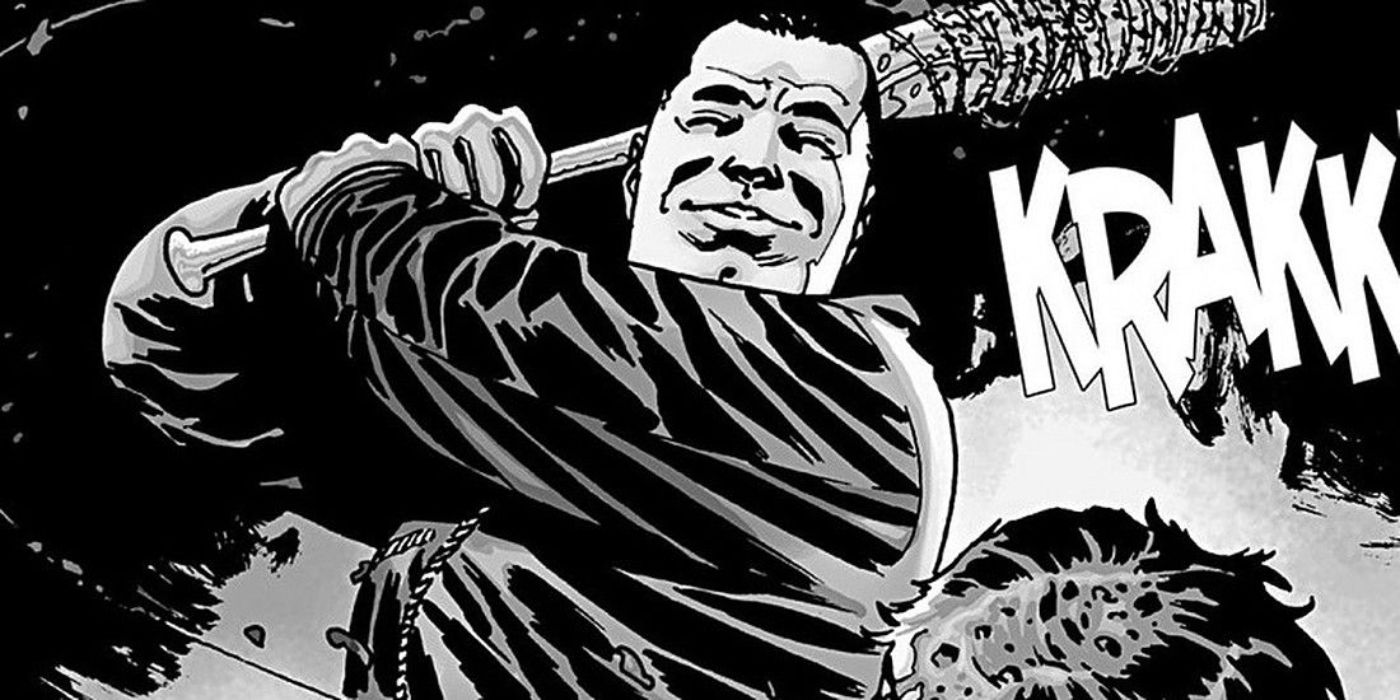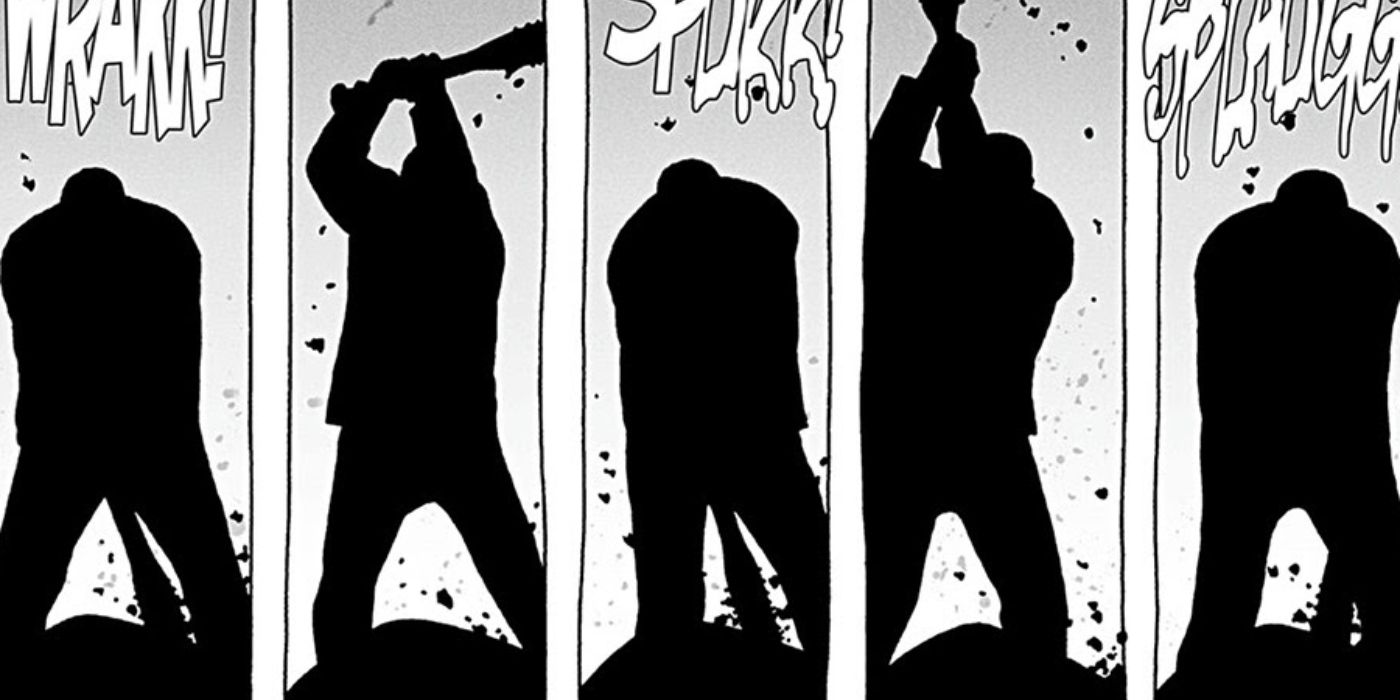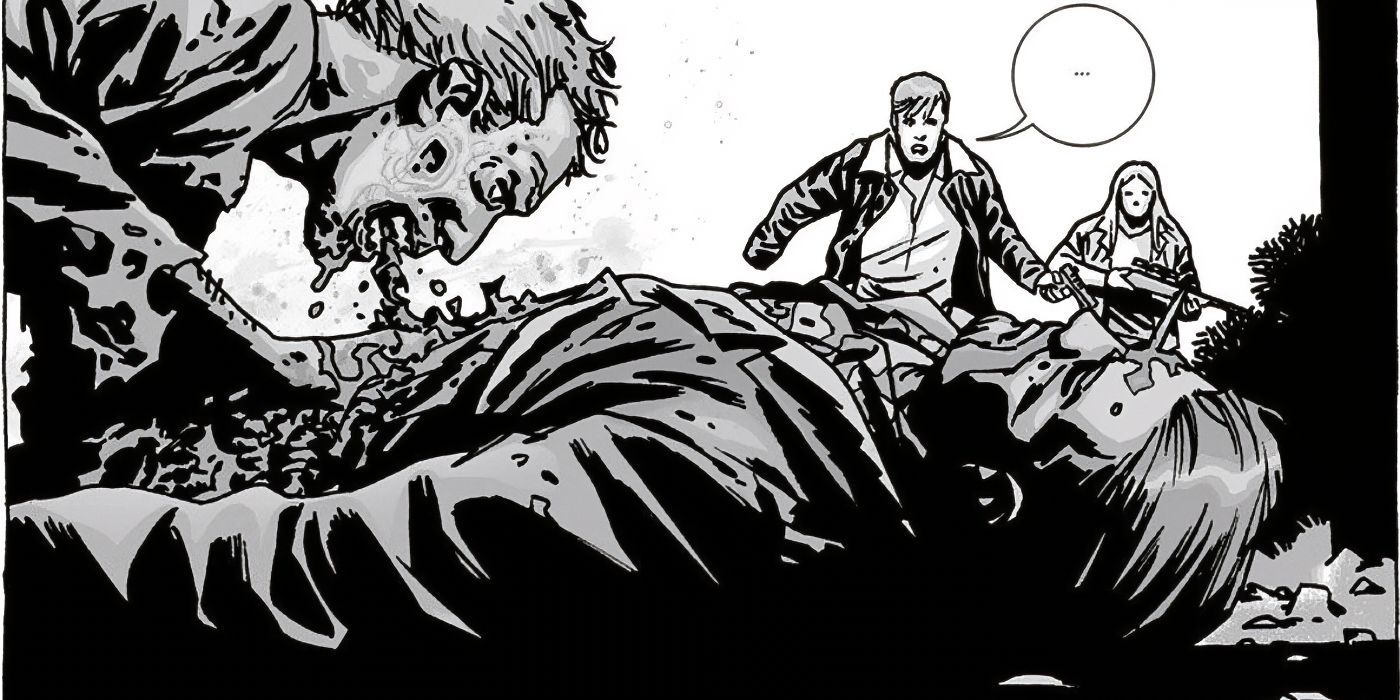In The Walking Dead Deluxe #83, Robert Kirkman named several influences for his zombie series; while some are obvious, others may be surprising.
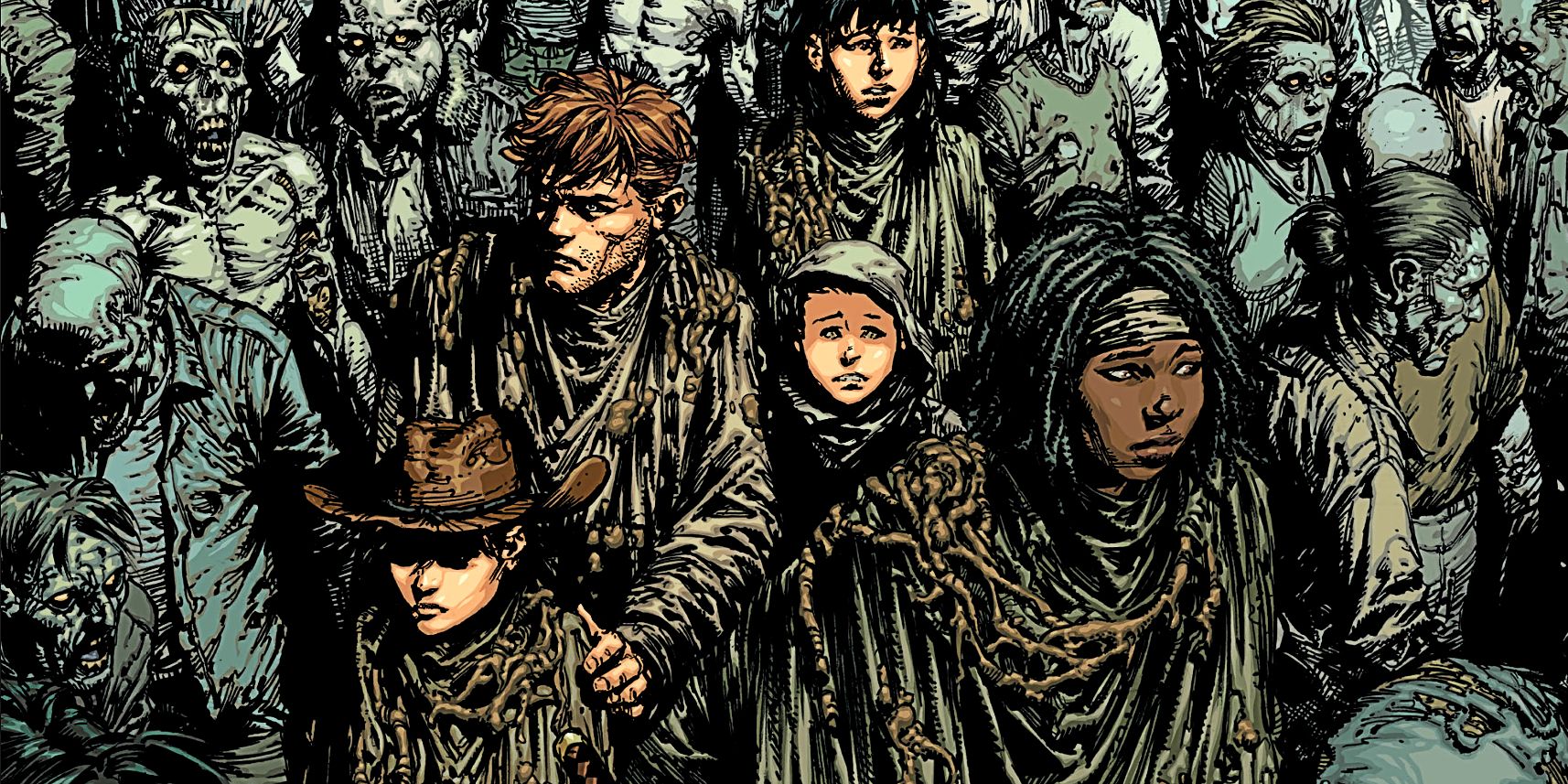
SUMMARY
- Walking Dead creator Robert Kirkman took inspiration from 1990s comics like Savage Dragon, and other Image Comics titles; the books he read as a young comic book reader later helped inform the way he would using disruptive storytelling and extreme content in his epic zombie series.
- Kirkman’s influences also include classic horror titles like I Am Legend , particularly the warly ’90s comic book adaptation, and indie comics like Minimum Wage and Morning Glories .
- The themes of survival and overcoming adversity in various hostile environments are central to Robert Kirkman’s work; each of the examples he has cited for influencing Walking Dead exhibit that same quality in some way or another.
SCREENRANT VIDEO OF THE DAYClose
The Walking Dead author Robert Kirkman has been open about the influences that went into his work on the acclaimed series. Notably, he has been vocal about the influence of 1990s comics, particularly the early Image Comics titles, on his zombie series, which has gone on to become a world-wide multimedia phenomenon.
In Walking Dead Deluxe #83, Kirkman revealed that several comic books served as sources of inspiration for The Walking Dead, including: Bob Fingerman’s Minimum Wage, Nick Spencer’s Morning Glories, and Steven Niles and Elam Brown’s adaptation of Richard Matheson’s I am Legend.
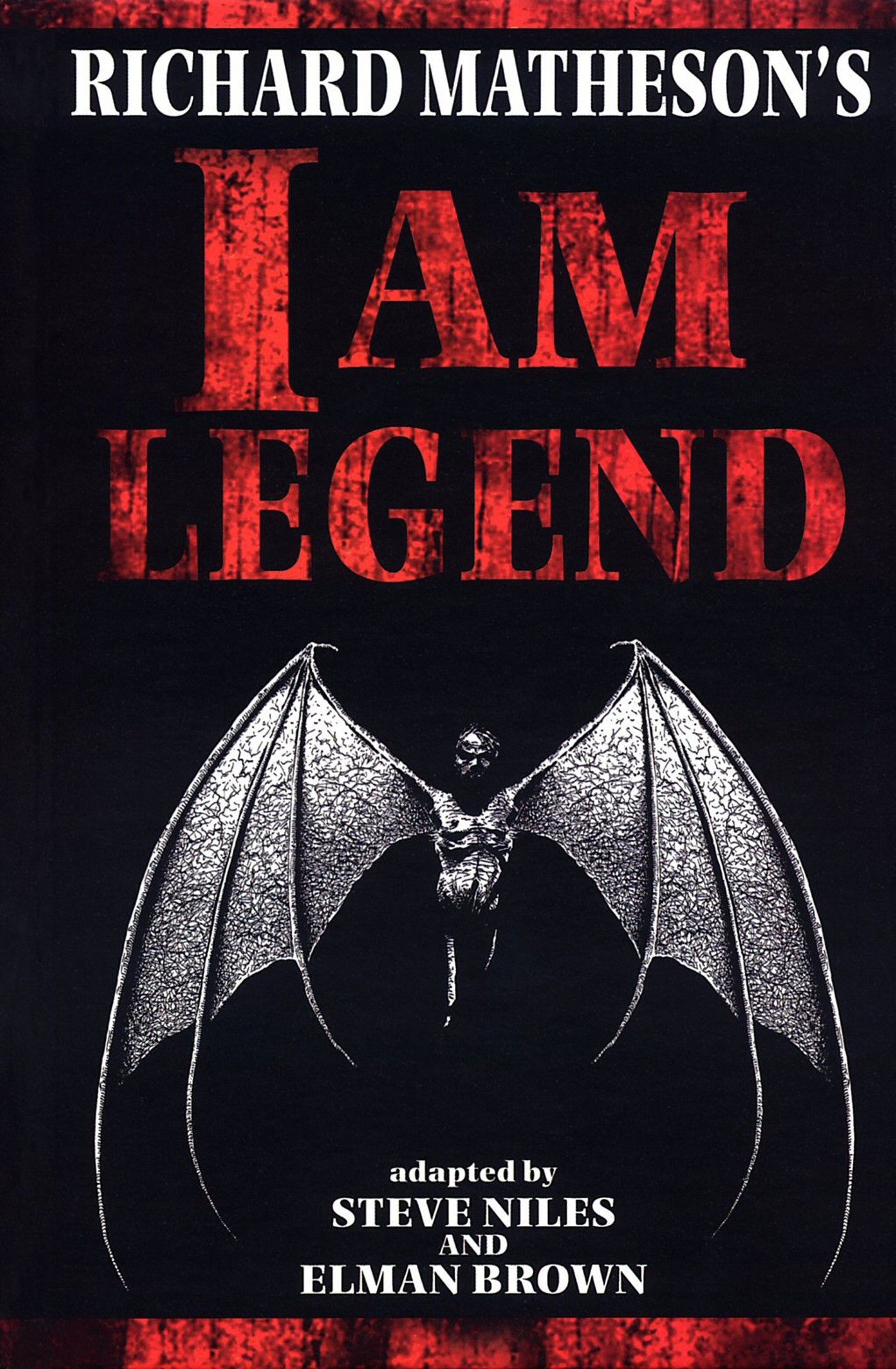
But it wasn’t just comic books that inspired Kirkman. He also reveals that he drew inspiration from Fingerman’s novel PARIAH as well. Kirkman even pointed to the 1991 Keanu Reeves movie Point Break as being inspirational – though it’s unclear if he was serious about including that on his list of The Walking Dead influences.
The Walking Dead Deluxe is Image Comic’s re-release of Kirkman and Tony Moore’s original series with added value content including new colored artwork, behind-the-scenes features, and commentary from Kirkman and others on the creative team.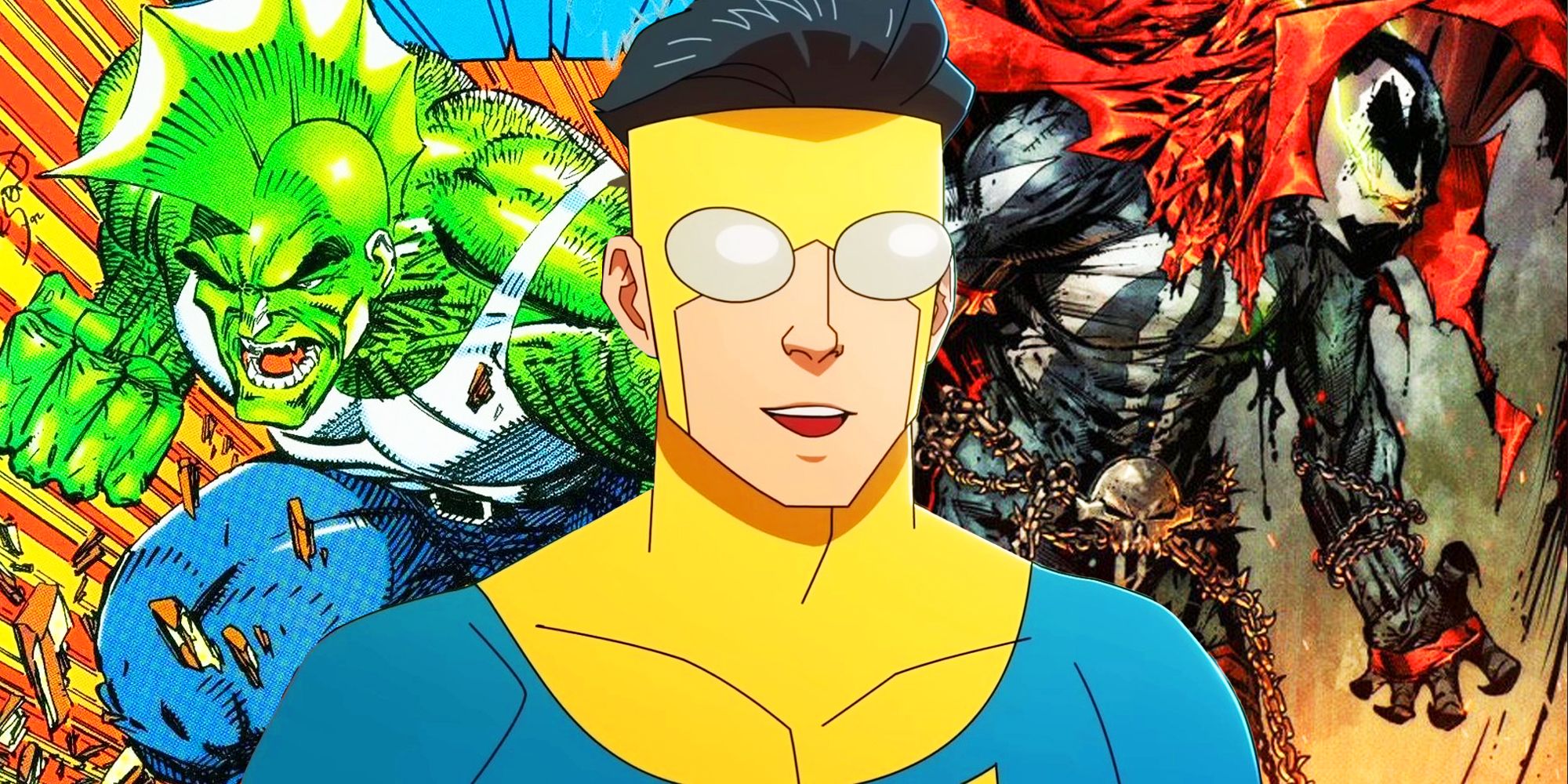
Invincible Creator Defends Extreme 90s Comics, Citing Deadpool Creator as Major Influence
In The Walking Dead Deluxe #84, Robert Kirkman shared how the oft-maligned “extreme” 90’s era of comics were a huge influence on his own work…The Savage Dragon’s Unmistakable Influence On The Walking Dead
Erik Larson’s Epic From Image Comics
Like Erik Larson in Savage Dragon , Robert Kirkman was equally accustomed to disruption, especially when it came to eliminating popular characters.
According to Robert Kirkmant, the biggest source of inspiration for his work on The Walking Dead and all his other creative pursuits is Savage Dragon. At the start of Erik Larsen’s long-running tale, a humanoid dragon who is found in a burning field with no memory of how he got there. Blessed with incredible strength, power, and resiliency, as well as a strong sense of justice, Dragon – as he is commonly known – joins the Chicago police force to fight crime as best he can.
While the stories, settings, and characters are significantly different, it is nevertheless not difficult to see Savage Dragon’s influence on The Walking Dead. First, there’s the embrace of disruption that both series rejoice in. In Savage Dragon, Larsen has never shown any compunction in “blowing up” the story when he deems it necessary for the narrative. This was largely demonstrated in his willingness to disrupt the story’s status quo. Indeed, he repeatedly killed off characters at a moment’s notice – even characters that were identified as fan-favorites.
Like Erik Larson in Savage Dragon, Robert Kirkman was equally accustomed to disruption, especially when it came to eliminating popular characters. To be sure, no The Walking Dead fan can forget Glenn’s brutal beating at the hands of Negan. This is another point of comparison; both creators art at ease showing extreme and gritty content in their work. For instance, in Savage Dragon #190, features a score of villains being dismembered in just four panels. In The Walked Dead Deluxe #83 – the same issue where Kirkman expounded upon his influences – fans witnessed the grotesque way that Carl lost his right eye.
The Walking Dead Reimagines The Classic Apocalypse Story
An Early 1990s Adaptation
Steven Niles and Elam Brown’s I am Legend comic was a four-issue series, published by Eclipse Comics in 1991. As with the work of Image Comics creators Erik Larson, Todd MacFarlane, and Rob Liefeld, Robert Kirkman encountered this comic at a formative age; the lasting impression it left is evident.
As Kirkman revealed in Walking Dead Deluxe #84, a diverse pool of influences shaped The Walking Dead, including classics of the horror genre like I Am Legend. Written in 1954, Matheson’s classic post-apocalyptic horror story is widely viewed as the progenitor of the zombie apocalypse genre. Indeed, while scrouge in the Matherson story were vampires, Walking Dead fans will immediately recognize other aspects of the story, from the apocalypse-inducing pandemic to the isolation survivors must deal with to the raw violence that is the currency of the new world.
An even more obvious similarity is the art and style of Steven Niles and Elam Brown’s comic book adaptation. Indeed, the two series share more than a few commonalities, from both being drawn in black-and-white, to their creative use of dark, light, and gray spaces to affect mood and tone. Each emphasizes graphic facial expressions to depict feeling and emotion. The only real difference between the two is that Niles and Brown’s style is more realistic, while Kirkman and Moore’s series has a more overtly comic book feeling.
In regard to The Walking Dead‘s storyline and various subplots, the influences of Bob Fingerman’s PARIAH are similarly clear. Like The Walking Dead, Fingerman’s novel takes place after a global zombie apocalypse “turns” most inhabitants of New York City into zombies. A group of survivors, however, are able to stay safe inside an apartment building. While the protection of the apartment initially helps the survivors bond, the fact that they are trapped inside together ultimately leads to tensions among themselves. If that doesn’t sound familiar to fans of The Walking Dead, then nothing in the story will.
The Walking Dead’s Appeal Taps Into A Diverse Set Of Influences
A Surprise Set Of Indie Titles
Titles such as Minimum Wage and Morning Glories inspired Kirkman to write the best story he could in The Walking Dead , one that lives up to the standards he believes were set by these books.
What is less obvious are the influences of the other titles Kirkman names. Minimum Wage is a slice-of-life story about a comic illustrator looking for success and love in the Big City. Morning Glories is about a group of students trying to survive in an elite academy where the faculty preys on the students. Nothing about these titles, at first glance, indicates how they could be inspirational to The Walking Dead story.
However, inspiration isn’t always depicted in the product – sometimes it’s simply something that facilitates a person’s creative productivity. That is, it gets them working when they otherwise lack the will or energy to do so. In Kirkman’s case, the titles seem to play a dual role. On the one hand, all three titles portray a thematic element that is central to The Walking Dead story, namely how characters deal with and overcome scary and debilitating situations without much support.
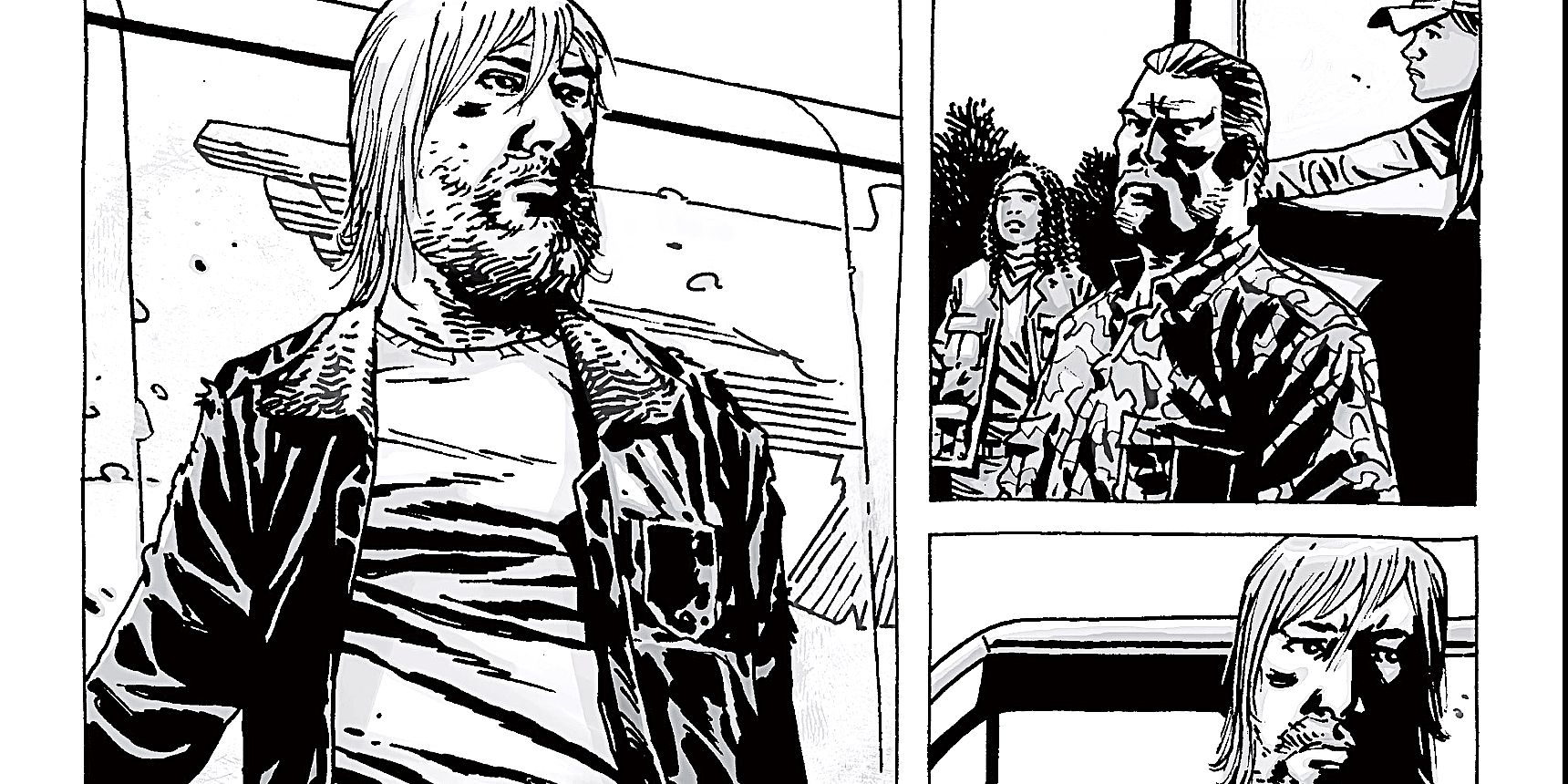
Put another way, all three deal with how people survive “hostile” environments. On the other hand, since Kirkman liked each title, they also served as a daily goal he was striving to recreate in his how stories. Put another way, Titles such as Minimum Wage and Morning Glorie inspired Kirkman to write the best story he could in The Walking Dead, one that lives up to the standards he believes were set by these books. Judging from the cultural impact of The Walking Dead, RobertKirkman certainly did the titles justice.
